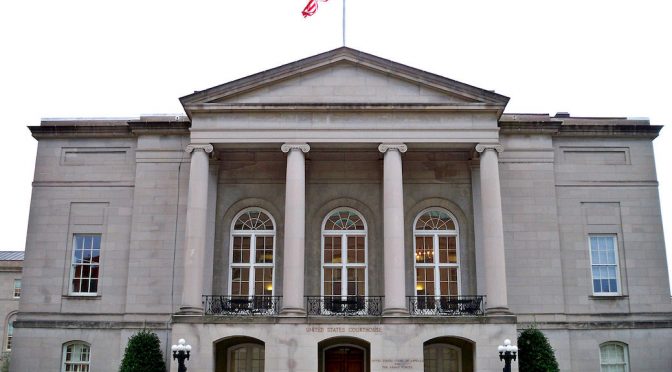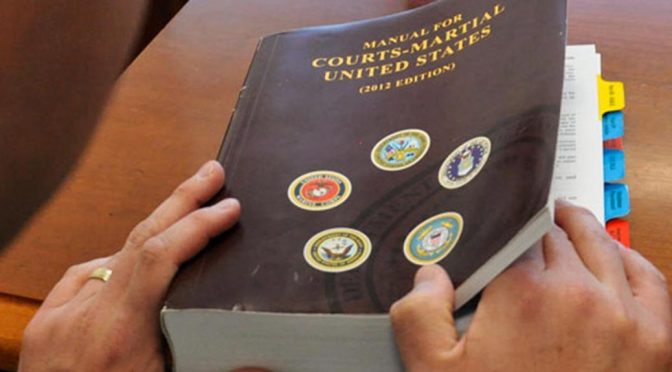In 2018, the Supreme Court held that it has appellate jurisdiction to review decisions of the Court of Appeals for the Armed Forces (CAAF) under 28 U.S.C. §1259. However, CAAF is the final court atop the “courts-martial system” and §1259 limits Supreme Court review of courts-martial cases to those where CAAF has already reviewed or… Continue reading Unequal Justice: Why Congress Should Expand the Supreme Court’s Jurisdiction to Review the Courts-Martial System
Tag: Military Law
Military Justice Since 1950: A Pyrrhic Victory?
By Eugene R. Fidell With the major changes Congress enacted in the Military Justice Act of 2016,[1] perhaps it would be useful to try to sketch the arc of American military justice and its place in the national legal firmament since the Uniform Code of Military Justice (UCMJ) was enacted in 1950.[2] These comments are… Continue reading Military Justice Since 1950: A Pyrrhic Victory?
COVID-19 & Military Law
As a “specialized society separate from civilian society,” the military experiences not only many of the same challenges as the larger society as a result of COVID-19, but also other challenges arising in the contexts of their normal missions and times of crisis. In light of the developments during the first half of 2020, Eugene… Continue reading COVID-19 & Military Law



